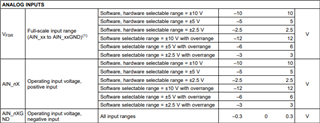Other Parts Discussed in Thread: , ADS8686S
I use ISO224 and ADS8686 to do the design, in THE ISO224EVM circuit, ISO224 after the operational amplifier to do 3 times amplification, but I do not need 3 times amplification, I hope ISO224 output directly access to the ADS8686 input,
The line length from ISO224 output to ADS8686s input is about 5cm;
1、 whether there will be impedance mismatch problem?
2、Will the acquisition accuracy be affected?
3、 Will it improve the acquisition accuracy?


